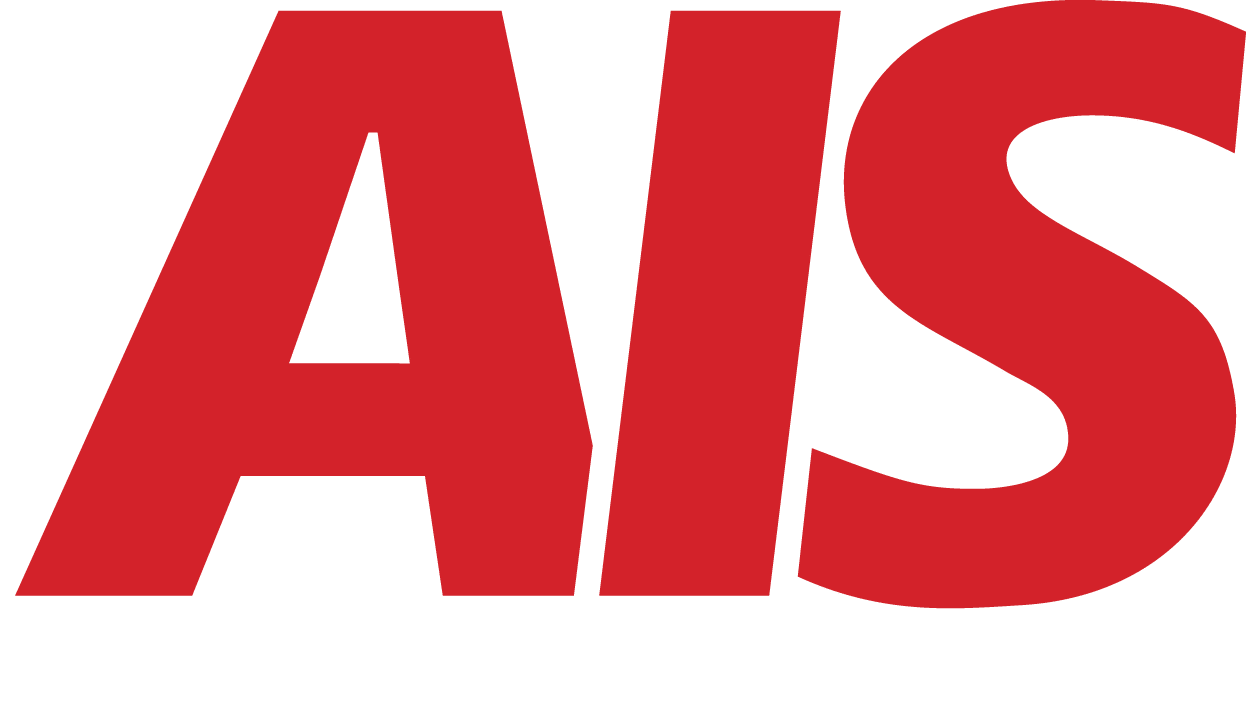How to Build an Annual Technology Budget That Grows With You
September 30th, 2025 | 6 min. read

Building a technology budget shouldn't feel like guesswork. But for many small and mid-sized businesses, that’s exactly what it turns into.
One year, you underspend and end up patching aging laptops. The next, you overspend on unexpected server issues, software renewals, or cybersecurity upgrades you didn’t plan for.
If that sounds familiar, you’re not alone.
The good news? With a little planning, you can create a technology budget that not only supports your current needs but actually grows with your business.
This guide walks you through:
- What to include in your annual IT budget
- How to connect tech spending with business goals
- The most common budgeting mistakes
- How to stay flexible as your company evolves
Why Most Tech Budgets Fall Short
Here’s why so many business technology budgets lead to frustration:
1. They’re reactive, not strategic
Many companies budget for IT only after something breaks. This leads to emergency spending and surprise expenses.
2. They don’t tie to business goals
If you’re planning to hire 10 people, open a new location, or launch a new service, your technology needs will grow. But the budget often doesn’t account for that.
3. They skip critical components
Cybersecurity, software renewals, and cloud storage costs are often left out, only to show up midyear when it’s too late to adjust.
A good technology budget should be more than just a list of expenses. It should be a roadmap that aligns with your company’s growth, hiring, and operational goals.
What Should Be Included in an Annual Technology Budget?
Let’s look at what a complete, forward-looking technology budget might include:
1. Hardware Lifecycle Planning
All hardware has a shelf life. Plan to refresh equipment every 3 to 5 years.
Include:
- Desktops, laptops, and tablets
- Servers and networking equipment
- Copiers and printers
- Firewalls and access points
- Security cameras and door access controls
Track how old your devices are and plan replacements before they fail.
2. Software Licensing and Subscriptions
These costs are often underestimated.
Include:
- Productivity tools like Microsoft 365 or Google Workspace
- Industry-specific software
- VoIP or phone systems
- Antivirus or endpoint protection licenses
- Cloud-based apps or platforms
Don’t forget about:
- Annual license renewals
- Price increases over time
- New seats or users as your team grows
3. IT Support and Managed Services
Whether you have in-house IT or outsource to a Managed Service Provider (MSP), you need support you can rely on.
Budget for:
- Monthly support agreements
- Helpdesk services
- Proactive monitoring and patching
- On-site visits if needed
Well-managed IT support may cost more upfront, but saves you exponentially more in downtime and emergency service calls.
4. Backup, Cloud, and Storage Costs
Ask yourself:
- How is your data backed up?
- How long do you need to retain backups?
- Are you paying for cloud hosting or hybrid storage?
Include:
- Cloud backup subscriptions
- File servers or NAS devices
- Disaster recovery planning tools
5. Cybersecurity Investments
Cybersecurity is no longer optional. It’s a business-critical line item.
Budget for:
- Firewalls and endpoint protection
- Multi-factor authentication
- Security awareness training for employees
- Annual risk assessments or penetration testing
- Cyber liability insurance
Neglecting cybersecurity can cost far more than prevention.
6. Projected Growth or Expansion Needs
Are you planning to:
- Hire new team members?
- Open a second office?
- Expand remote work capabilities?
If so, your tech budget should scale to meet those changes:
- New devices
- Additional software licenses
- Increased bandwidth
- Unified communications tools
How to Make Your Budget Match Business Goals
Your technology needs don’t exist in a vacuum. They should directly support your business’s growth plans.
Ask these questions:
- What are your hiring projections?
- Are there any operational bottlenecks that better tech could solve?
- Are you launching new services or entering new markets?
Then, work backward. If you know you’ll onboard 10 new employees next year, plan for:
- 10 new laptops or desktops
- 10 new software licenses
- Any new network upgrades or server capacity
When you tie tech spending to real business changes, the budget becomes clearer and easier to justify.
Common Mistakes to Avoid
Avoid these traps that derail otherwise solid tech budgets:
Treating technology as a one-time cost
Many companies think, “We bought laptops last year, so we’re done.” But good budgeting includes ongoing support, updates, and replacements.
Forgetting renewals or subscriptions
Many licenses auto-renew at higher prices. Know your renewal dates and plan accordingly.
Ignoring cybersecurity
Skipping cybersecurity because “it’s not in the budget” is like not buying insurance for your house. One incident can cause irreversible damage.
Underestimating the total cost of ownership
The sticker price of a device is just the beginning. Include:
- Setup and configuration
- Support and maintenance
- End-of-life replacement
Tips to Keep Your Tech Budget Flexible (and Future-Proof)
Here are a few strategies to keep your budget adaptable:
- Build in a buffer: Set aside 10 to 15 percent for unplanned needs.
- Use scalable pricing models: Choose tools that let you pay per user or per device so you can scale up or down as needed.
- Review contracts annually: Vendors change pricing, and your needs evolve. Don't let old agreements linger unchecked.
- Growth plan: Even if you’re not hiring now, consider how your systems will support you if business picks up next quarter.
How AIS Helps Businesses Plan and Grow Their Technology Budgets
At AIS, we help businesses go from reactive IT spending to proactive planning.
Here’s how:
- We take inventory of your current equipment and software
- We identify weak points or risks in your setup
- We map technology needs to your business growth plans
- We offer real-world cost estimates and timelines
- We help you prioritize based on budget, compliance, and business impact
And we do this with complete transparency—no sales fluff, just honest advice based on what will help your team grow.
Related Article: How to Budget for Supplies in a Copier Lease Agreement
Final Thoughts: A Smart Budget Today Prevents Costly Problems Tomorrow
Your technology budget shouldn’t be a shot in the dark or a reaction to a broken server. It should be a tool that helps your business scale, adapt, and stay competitive.
When you take a strategic approach to budgeting:
- You eliminate surprise expenses
- You avoid downtime and productivity loss
- You support your team with the tools they actually need
AIS is here to help you make technology part of your business’s growth strategy—not a barrier to it.
A true southerner from Atlanta, Georgia, Marissa has always had a strong passion for writing and storytelling. She moved out west in 2018 where she became an expert on all things business technology-related as the Content Producer at AIS. Coupled with her knowledge of SEO best practices, she's been integral in catapulting AIS to the digital forefront of the industry. In her free time, she enjoys sipping wine and hanging out with her rescue-dog, WIllow. Basically, she loves wine and dogs, but not whiny dogs.



